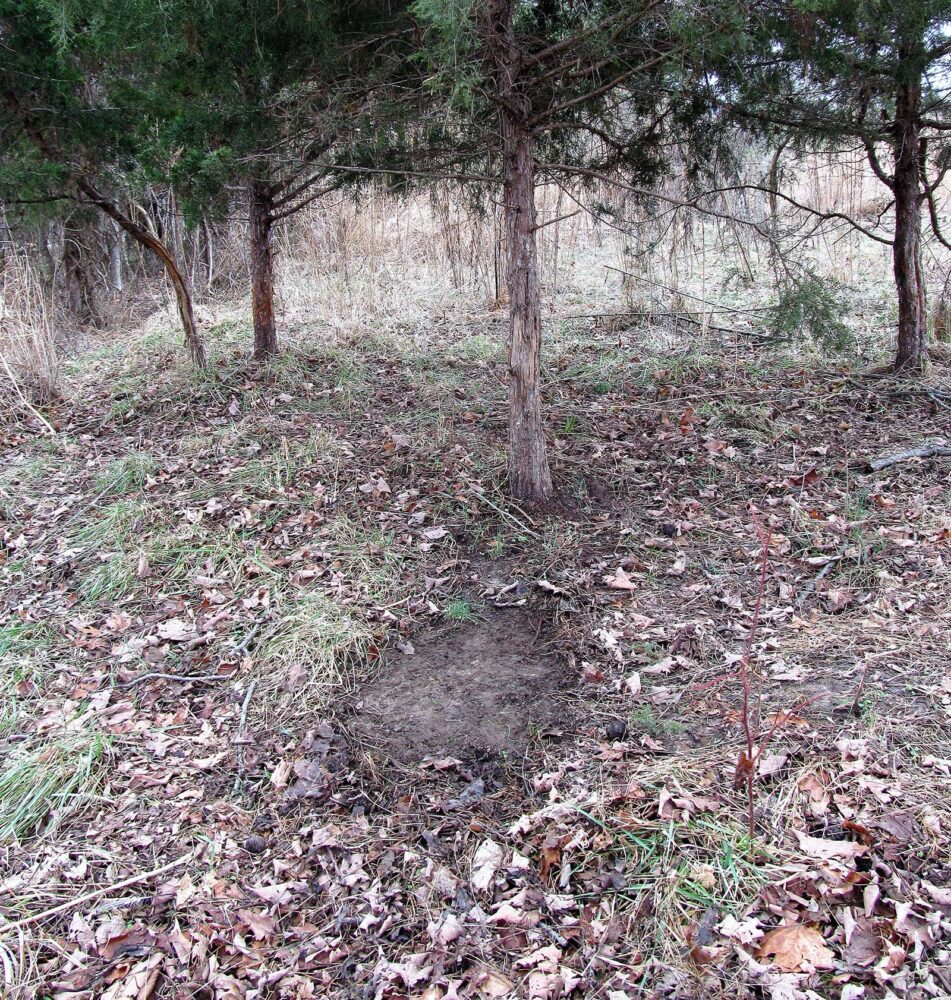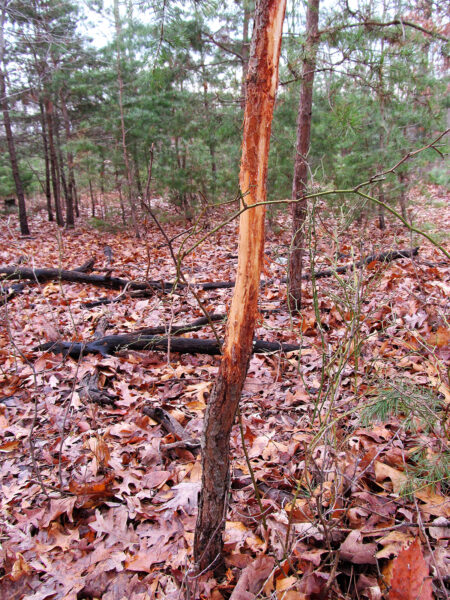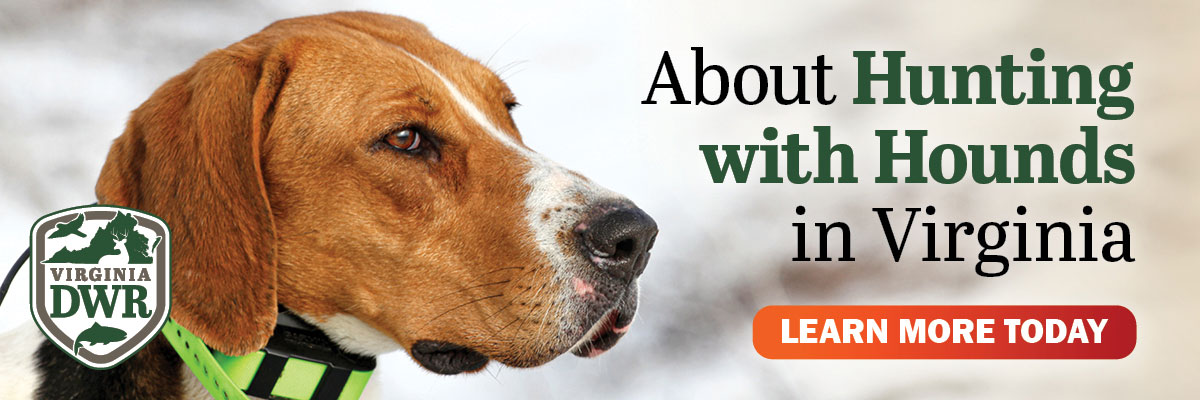By Gerald Almy
Photos by Gerald Almy
It’s often said the most successful hunters are those who put in the greatest effort before the season opens. Truth is, sheer hours of scouting are not going to up your odds for tagging a nice buck. In fact, some hunters spend so much time wandering in the field without a focused scouting plan that they end up hurting their chances to succeed.
It’s all too easy to turn a whitetail over 3 years of age into a mostly nocturnal animal, or at least one that is so wary he’s virtually impossible to harvest. Chances are you won’t spook him out of his home core area. That’s where he lives. But if you pressure him by haphazardly scouting, allowing him to be tuned into you before the season opens, you’ve called two strikes against yourself before even stepping up to the plate. There are many more mistakes you can make that will hurt your chances for success. I’ve made most of them in my decades of deer hunting, but let’s start with this, the most obvious one.
Scouting too much. It’s an easy trap to fall into. The season is approaching—we’re anxious to get out in the deer woods and learn all we can about our quarry. But too much human intrusion in the world of an old reclusive buck is bound to make him wary. Restrain yourself, let trail cameras do much of your scouting, and make perhaps two focused trips before the opener.
Penetrating a buck’s core bedding area. Even worse than scouting too much is the sin of entering a buck’s core bedding territory and spooking him. Having an area where he feels inviolable is crucial to a buck’s sense of security. Learn likely entrance and exit routes a buck might use to reach these safety zones from sign you find, satellite photos, and strategic use of trail cams. But by all means avoid going into those areas.

Not scouting for doe family groups. Don’t just scout for buck sign. Try to locate different doe family groups’ bedding areas. As the rut approaches bucks will cruise the downwind edges of these areas, usually found in softer, gentler terrain than the rough habitat bucks like. Look for scattered cedars, young pines, saplings, tall grasses, and honeysuckle. Doe beds are also found closer to main feed areas.
Focusing on one specific buck. This makes good story material for deer magazines. But for most of us, it’s a mistake to try to pin our hopes and efforts for the season on one specific deer. There are likely several animals most of us would be satisfied wrapping our tag around in a given hunting area. And as the rut approaches, other cruiser bucks will be passing through searching for does. Why limit your focus to one deer?
Not doing a full-fledged pre-season hunt with a camera, not a bow or gun. Trail-cams are great, but if you really want to monitor deer travel patterns and pinpoint the best ambush spots for the opener, consider making a “trial” hunt from an elevated location with good visibility where you can monitor deer movement in several areas. That will often reveal several potential stand sites closer to their core movement area that you can set up on when the season arrives. Visibility is crucial for these “trial run” hunts. Stay back and use your naked eyes and binoculars to scour the potential of several possible ambush spots. Then set stands there at a later date.
Setting too many cameras, checking them too often. Wi-fi setups save unnecessary trips into a buck’s home range. But it’s also wise not to set too many out to begin with. There’s no need to carpet your hunting area with cameras. Ask yourself what the purpose is before strapping each camera to a tree—to see when deer are using that travel route, to surveil for mature bucks, to check doe movement patterns—things that will help you adjust your stand locations so they are positioned in the very best ambush spots.
Not becoming invisible. Scout almost as slowly and circumspectly as you would still hunt a property. Stay hidden as much as possible. Slink along fluidly. Stay behind trees, rocks, tall grasses, and brush…always work from the downwind side of where deer are likely to be. Walk in dips and ditches when possible. Planting strategic strips of Conceal or Blind Spot (annual grasses and sorghums) can help you move through the property and check areas out while staying hidden behind the six- to eight-foot shield.
Focusing on major deer trails. These are fun to find. But for better chances at a mature buck, check out areas paralleling the major trails used by does and young bucks. Look 75150 feet downwind for lightly-used mature buck trails. Search for thicker vegetation or steeper sidehills near the doe paths. An obvious funnel will channel most deer through it. But older bucks will often take a more arduous route to stay out the obvious funnel. Look for bruiser-sized hoof prints and rubs on calf-sized trees.
Violating a sanctuary. If you are fortunate to have a property you hunt that is big and diverse enough to set aside a no-hunting sanctuary, there are several times you might enter it. To trail a wounded buck—yes. To look for sheds in spring—perhaps. During a late summer scouting trip? Nada. Sanctuaries are only as valuable as the lack of intrusion they receive. Stay out, and hopefully a buck ensconced in the innards of that un-hunted tract will wander out for a bite to eat or follow a doe out when a really counts… during open season.

Ignoring places that seem best for late-season hunts. Swampy, thick, difficult to reach areas overgrown with briers and deadfalls are the places bucks head to when pressure mounts. Most people think that means late season. If you hunt in high-pressure areas, though, bucks may flee to these hideouts on opening day. Look for spots with lots of blowdowns, greenbrier, saplings, dense young conifer growth, and thick brush. Many an October buck has been pushed into these spots. Besides locating the escape areas, pinpoint the likely route bucks would use to reach them… and how you can get to there before them.
Not making stand preparation part of your final scouting expedition. Hang stands, trim brush for a quiet path to them, and clear shooting lanes, so you won’t have to do this as the season gets closer. Saving one extra trip into your prime area means one less chance to spread scent and potentially spook the best buck on the property. Make scouting and stand prep a double-duty outing.
Not being constantly aware that the foods deer may be using changes, from month to month, week to week, even day to day as different foods reach peak palatability and abundance. If white oak acorns begin raining down, that’s likely where you’ll find your quarry. If a brassica plot gets a slight boost in sugar content from frosty nights, deer will head there. Apples may be on the menu for bow season if they hold early-dropping fruit. Rifle hunts mean focusing on late-maturing varieties like Winesap, York, Baldwin, Rome, or Cortland. Timeliness is everything when choosing what forage to hunt near.
Not wearing scent-control products and watching the wind. You may be tempted to say, oh, it’s just a scouting trip. But a deer spooked on a reconnaissance outing may not be around when the season arrives. When I’m tempted to skip these steps or commit other scouting mistakes in this list, I remind myself of a University of Georgia study. It showed that two 5-year-old bucks living on public land made a beeline for a thick, remote stand of mountain laurel the day before opening of gun hunting. They stayed there through the entire season and survived.
Doubtless several hunters knew of these outstanding public land bucks but spoiled their chances with excessive, haphazard scouting trips.
Don’t make their mistake.


